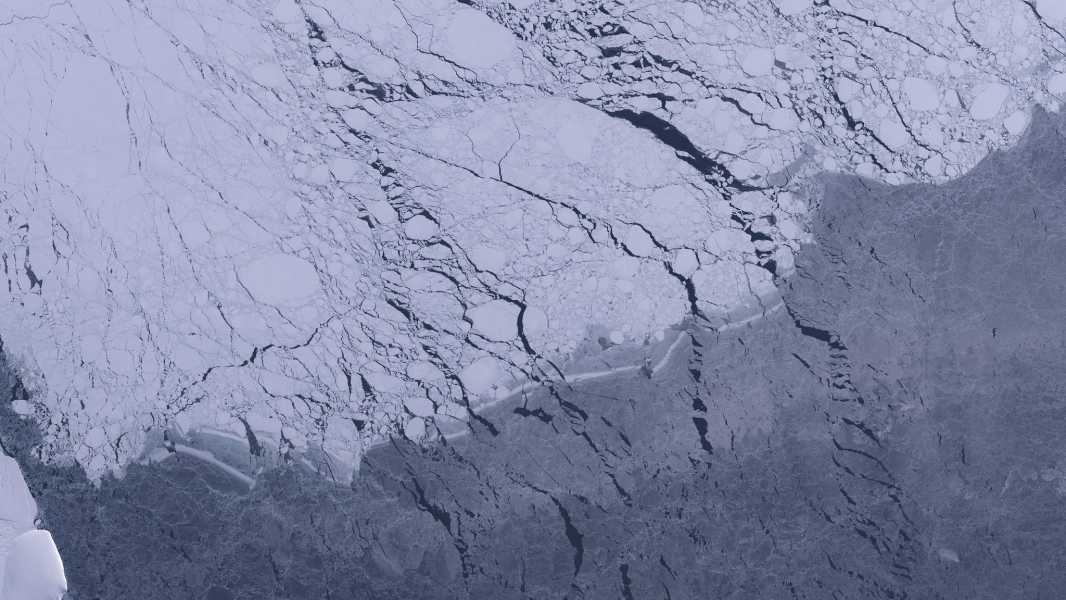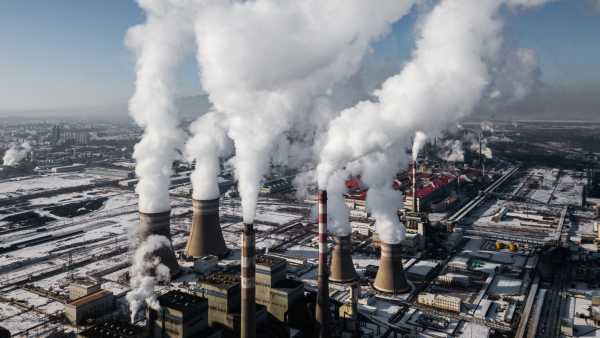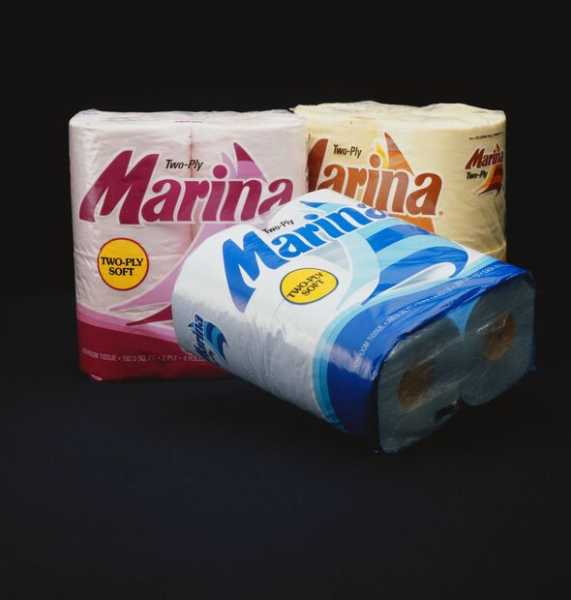
The Filchner-Ronne Ice Shelf in Antarctica. (Image credit: Landsat 8 (bands: 2, 3, 4, 8) and USGS data. Data processing: Paul Quast. REVIEW via Flickr, CC BY 2.0)
The “warm” water is flowing towards one of Antarctica's largest ice shelves, the melting of which could cause a significant rise in sea levels.
The Filchner-Ronne Ice Shelf (FRIS) is located above the Weddell Sea in Antarctica. Unlike some other ice shelves in the region, FRIS currently appears stable in the face of global warming. However, previous ocean modeling has shown that relatively warm water from the deep ocean could threaten the integrity of the shelf.
In a study published November 14, 2024, in the Journal of Geophysical Research: Oceans, scientists found that warm water reaches the shelf faster in warm years, which may be related to the reduction in sea ice during such periods, the journal Eos reports. If so, the sharp reduction in sea ice could contribute to shelf melting.
“If warm water gets under the ice shelf, it will melt its base,” lead study author Nadine Steiger, a physical oceanographer at Sorbonne University in France, told Live Science in an email.
Melting a huge ice shelf like FRIS will eventually lead to significant sea level rise. However, researchers still have much to learn about the region, and it is unclear whether the increase in warm water flow is related to climate change.
Caitlin Naughten, an ocean ice modeler at the British Antarctic Survey who was not involved in the study, told Live Science in an email that the warm water “could serve as a warning,” but could also just be “normal variability” in the area. Either way, FRIS is unlikely to start melting anytime soon.
“If governments around the world fail to phase out fossil fuels and climate change gets out of control, FRIS could be in serious trouble in a hundred or two hundred years,” Naughten said.
FRIS is protected by thick layers of ice and near-freezing seawater that flows over the underwater continental shelf that surrounds Antarctica's coast in the Weddell Sea. However, in the summer, warmer water enters the continental shelf from the open ocean and moves toward the ice shelf through a channel known as the Filchner Trough, according to the study.
Noten noted that the deep ocean waters around Antarctica are about 33.8 degrees Fahrenheit (1 degree Celsius), and so are not particularly warm, but are still warmer than the freezing point of seawater, which is about 28.4 degrees Fahrenheit (minus 2 degrees Celsius) — the salt content lowers the freezing point of water.
“You won't want to swim in those temperatures, but the ice can melt very quickly,” Noten added.
The volume of warm water flowing through the Filchner Trough and another previously unknown trench identified in the study was particularly high in 2017 and 2018 — years in which sea ice was also low. However, the study authors only had data from 2017 to 2021. Both Steiger and Noten emphasized the importance of long-term observations to better understand the region and predict future changes to the ice shelf.
Ultimately, while scientists agree that flooding the continental shelf with warm water will likely kill FRIS, some studies suggest this will only happen under extreme climate change scenarios.
Noten led a 2021 study published in the journal Nature that calculated that the point of no return for
Sourse: www.livescience.com





